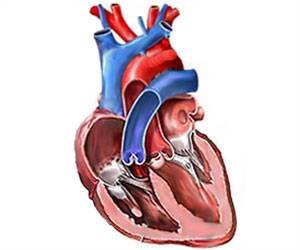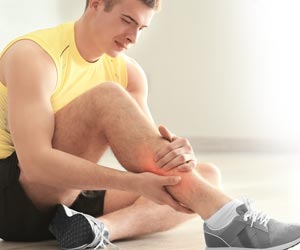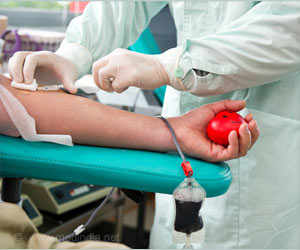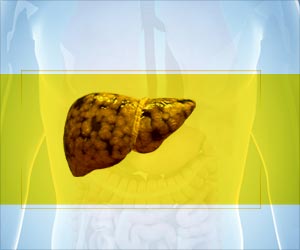Newly discovered in vivo priming strategy can be used as an effective means to enhance cardiac repair, reveals a new study.
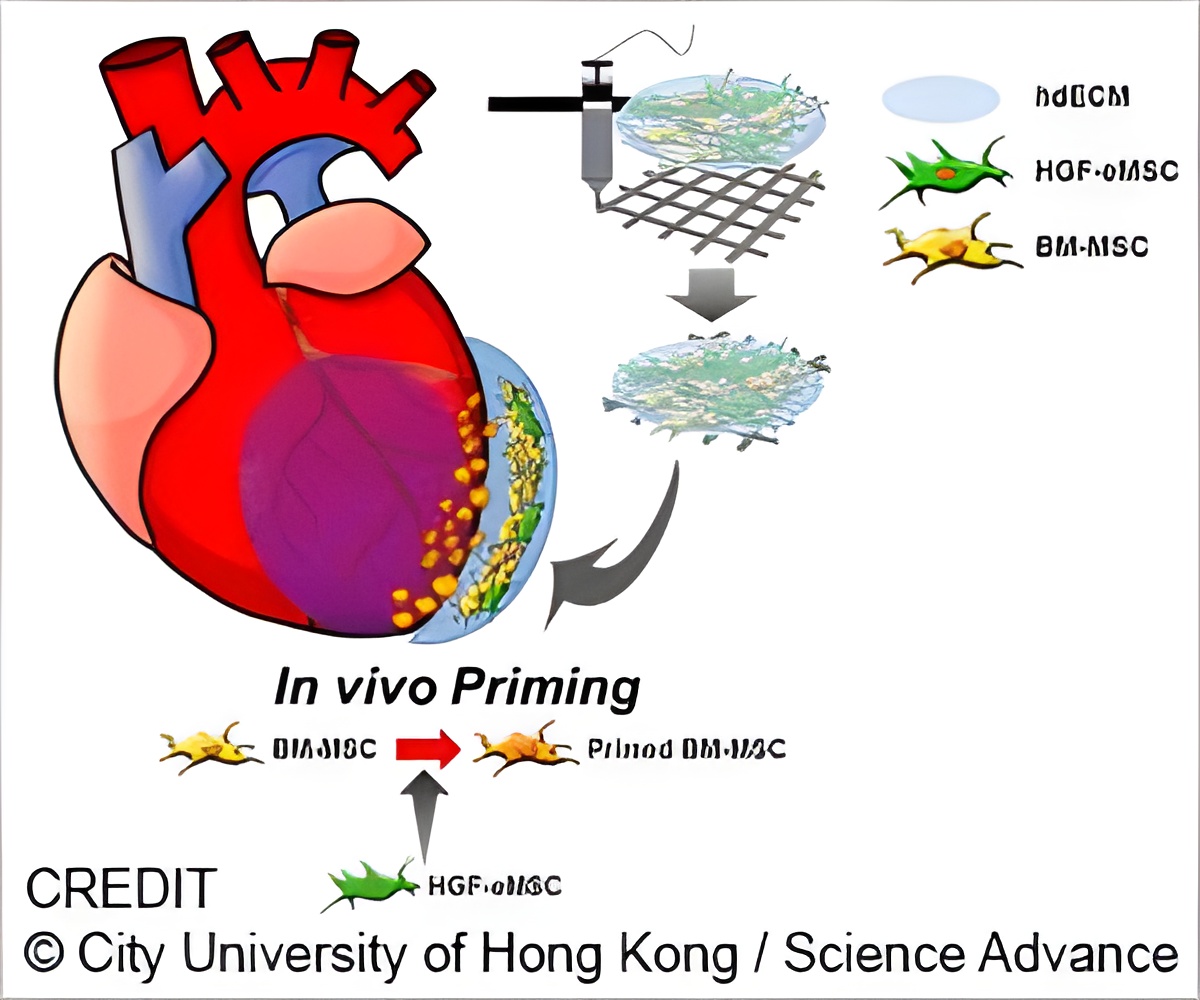
‘Newly discovered in vivo priming strategy can be used as an effective means to enhance cardiac repair.’





Dr Ban Kiwon, Assistant Professor of CityU's Department of Biomedical Sciences, collaborated with cardiologist and experts in 3D printing from South Korea in achieving this breakthrough. Their findings were published in the latest issue of the scientific journal Science Advances, titled "In vivo priming of human mesenchymal stem cells with hepatocyte growth factor-engineered mesenchymal stem cells promotes therapeutic potential for cardiac repair".Harsh environment in failing hearts hinders stem cell survival
One of the proposed approaches to treat myocardial infarction, commonly known as heart attack, with regeneration therapy is to inject the human stem cells directly into the failing hearts. In particular, human mesenchymal stem cells (hMSCs) have been considered as a competitive agent for clinical uses for their proven safety and significant paracrine effects supporting new blood vessel formation and inhibiting cell death. However, "the clinical trial results are disappointing as the micro-environment of a failing heart is very harsh for the injected hMSCs to stay alive," said Dr Ban.
Therefore researchers have been exploring ways to increase the survival rate of hMSCs in failing hearts. "Priming, or called preconditioning, is a common strategy to empower the cells. The cells are educated through certain stimulations, and when they are relocated to tough environments, they are much stronger against bad condition and they will know how to react because of their previous experiences," explained Dr Ban.
Conventionally, priming is performed in vitro (outside a living organism) before the cells are transplanted into the heart. "But the effects of priming done in this way usually last for two or three days only. To extend the duration of the priming effect, I have come up with an idea of 'in vivo priming', which means the hMSCs are primed directly on the failing hearts," said Dr Ban.
Advertisement
To prove the concept, the research team loaded two types of MSCs into a tailor-made 3D-printed patch, namely the human bone marrow-derived MSCs, and the genetically engineered MSCs which have human hepatocyte growth factor protein. Hepatocyte growth factor (HGF) is involved in multiple biological activities, such as cell survival, blood vessel formation, anti-fibrotic activities, and important in adult organ regeneration and wound healing.
Advertisement
Instead of directly injecting the genetically engineered cells into the heart, he added that encapsulating the cells in the patch for putting on the surface of the heart can help prevent mutation or other undesirable outcomes. And the patch is fabricated by 3D-printing of pig heart-derived extracellular matrix hydrogel, simulating the cardiac tissue-specific micro-environment.
It was found that the primed hMSCs had a higher survival rate compared with unprimed ones in the patches attached to the failing hearts. Those empowered hMSCs released greater amounts of paracrine factors beneficial for repairing damaged cardiac muscle tissues and regenerating vasculatures.
"We found that the primed cells can survive even after 8 weeks in the patch after implantation to the heart. Also, there is a significant improvement in cardiac function as well as vessel regeneration comparing to the unprimed cells," said Dr Ban.
Great improvement of the priming effect
"Our team is the very first to achieve priming in hearts in vivo. But more importantly, by showing that in vivo priming of hMSCs can enhance the therapeutic potential for cardiac repair, we hope our study can bring significant implications for related stem cell therapy in future," concluded Dr Ban. It took the team over two years to achieve these remarkable results. The team will explore the possibility of conducting the experiments on bigger animals and even clinical trials, as well as modifying the structure of the patch.
Source-Eurekalert




